Disclosure: This post may contain affiliate links. I earn a small commission when you click a link and make a purchase. Thanks for supporting SewingSociety.com!
If you want to use a sewing pattern, you need to learn what all the pattern symbols mean. Luckily, sewing pattern symbols are universal (for the most part). So, once you learn them, you can pick up any sewing pattern and start cutting and sewing with confidence!
Below, I’ve detailed each of the most common sewing pattern symbols and markings you’ll likely encounter. Pictures included!
Also Read: How to Read a Sewing Pattern for Beginners
Contents
Cut Lines
Every pattern has cut lines. These are the lines that outline each pattern piece, indicating where the piece should be cut out. If the pattern you’re working with has more than one size, there may be several cut lines nested together. Each size will have its own cut line, usually indicated by a specific style of line. Many indie sewing patterns also differentiate sizes with different colored cut lines. There should be a legend printed on the pattern itself, or in the pattern instructions, that indicates which line corresponds to each size.
Grainlines
Most pattern pieces have a double-ended arrow printed somewhere on them. This is the grainline symbol. It indicates what direction the grainline of your fabric should be oriented when the pattern piece is cut out. Place the pattern piece on the fabric with the arrow running parallel to the selvage edge.
It’s very important to pay attention to grainline markings during the cutting process, especially when working with knits, because when the fabric is cut off-grain, the resulting garment will not drape properly and may twist rather than hang straight.
Fold Lines
If a pattern piece has a double-sided arrow with both arrows pointing in the same direction, usually accompanied by the word “FOLD,” then that pattern piece should be placed along the folded edge of the fabric. Fold your fabric in half along the grainline and place the pattern piece on the fold. Then, cut around all the sides of the pattern piece except the side on the fold. This will result in a piece of fabric that has two symmetrical sides and is twice the size of the paper pattern piece.
Bust and Hip Position
Many sewing patterns have a circular symbol with a cross through the center printed on some of the pattern pieces. This symbol indicates the position of the largest point of the bust or hip on the pattern piece. Having this information can be helpful when fitting a pattern because you can visually see if your bust or hip aligns with the markings on the pattern pieces.
Lengthen/Shorten Lines
Lengthen and shorten lines are indicated by parallel double solid lines running across a pattern piece. This sewing pattern symbol is useful if you need to adjust a pattern to make it longer or shorter. Rather than guessing where to add or remove length from a pattern piece, the pattern maker has already given you the specific location where making these adjustments will have good results. Most of the time it is not a good idea to simply add length to the bottom of a pattern piece.
For More Information, Read: How to Lengthen and Shorten a Pattern Piece.
Notches
Most pattern companies utilize notches on their sewing patterns. These are typically printed as either small triangles or dashes along the very edge of a pattern piece. The locations of these notches needs to be marked on the fabric. This can be done by either marking the notch locations with a fabric marking tool or by snipping out from the center of the notch by about 1/2 inch. During the sewing process, the notches on different pieces of fabric will match up as you sew them together. This helps you to achieve more accurate results from your sewing.
Dots, Squares, or Triangles
Some pattern pieces might have various shapes printed in different locations away from the edge. These are usually either large or small dots, squares, or triangles (or some combination of these). Similar to notches, these shapes help you to match up the fabric pieces while sewing. They can also serve as visual indicators for where to place elements such as patch pockets, or where to start and stop sewing if a seam doesn’t go all the way to the edge of the fabric. The locations of these shapes needs to be marked on the fabric after cutting. This can usually be done with a fabric marking tool. Make sure to mark the shape on both pieces of fabric if it has been cut in a double layer!
Button and Buttonhole Placement Markings
If you’re sewing a pattern that requires buttons and buttonholes, the location of each button and buttonhole will be marked on the pattern pieces. How these symbols appear can vary a bit depending on the specific pattern company, but in many cases the buttonholes are symbolized by a straight line with a dash at each end and the buttons are indicated by an X. The button and buttonhole symbols will need to be transferred to the fabric after cutting with a fabric marking tool.
Stitching Lines
A plain dashed line on a pattern piece indicates a stitching line. Marked stitching lines usually show areas where you will need to topstitch. For example, when attaching a pocket or topstitching a pants fly. These lines can be transferred to the fabric right after cutting or before topstitching, whichever you prefer.
Darts
A large, elongated diamond shape or triangle shape printed on a pattern shows the location of a dart. Dart markings will sometimes be formed with dashed lines and sometimes solid lines. The lines mark each side of the dart, where the fabric should be matched up and stitched to from the dart. The dart lines should be transferred to the fabric after cutting with a fabric marking tool to make sewing the dart easy later.
Sewing pattern symbols can feel like a different language if you’ve never used them before. Hopefully this guide has given you the confidence to read pattern markings in your next sewing project!
Also Read: A Beginner’s Guide to Laying Out Pattern Pieces
If you have any questions about sewing pattern symbols, ask in the comments below!
Share this post on Pinterest!

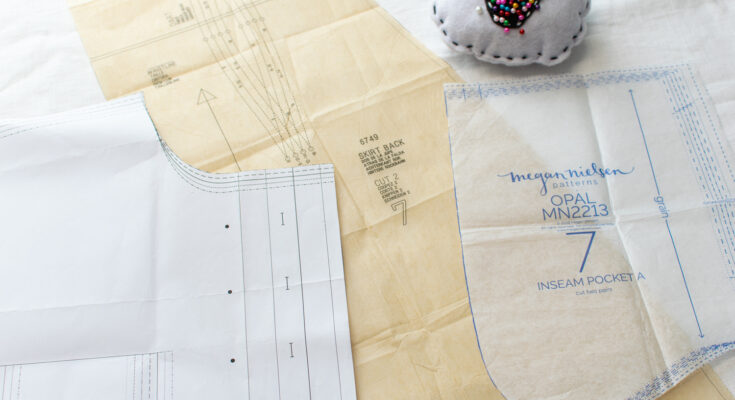
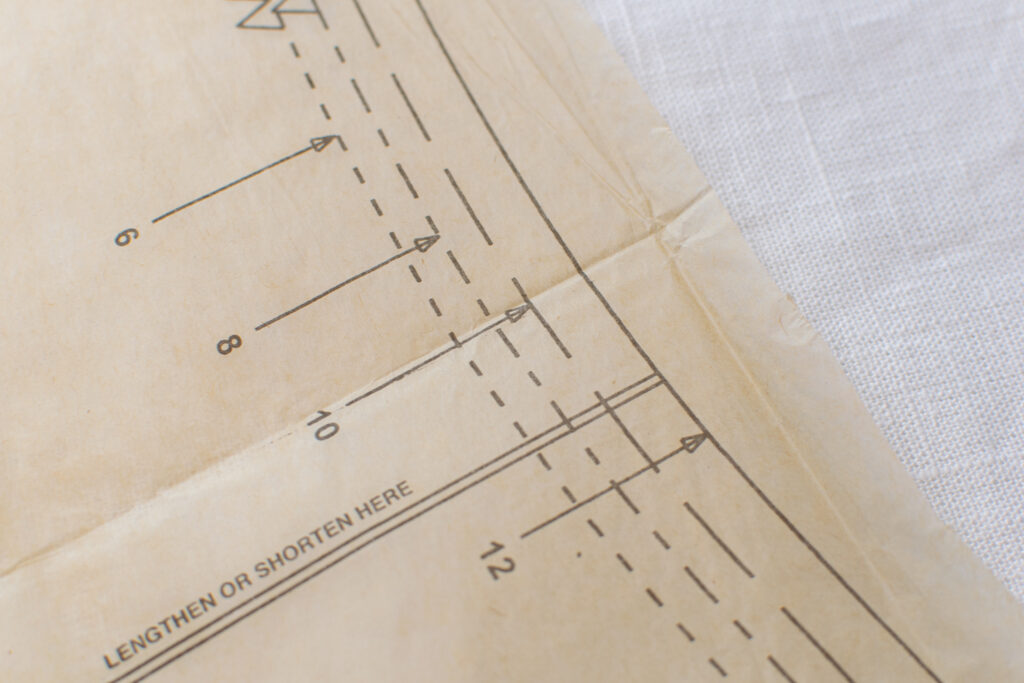
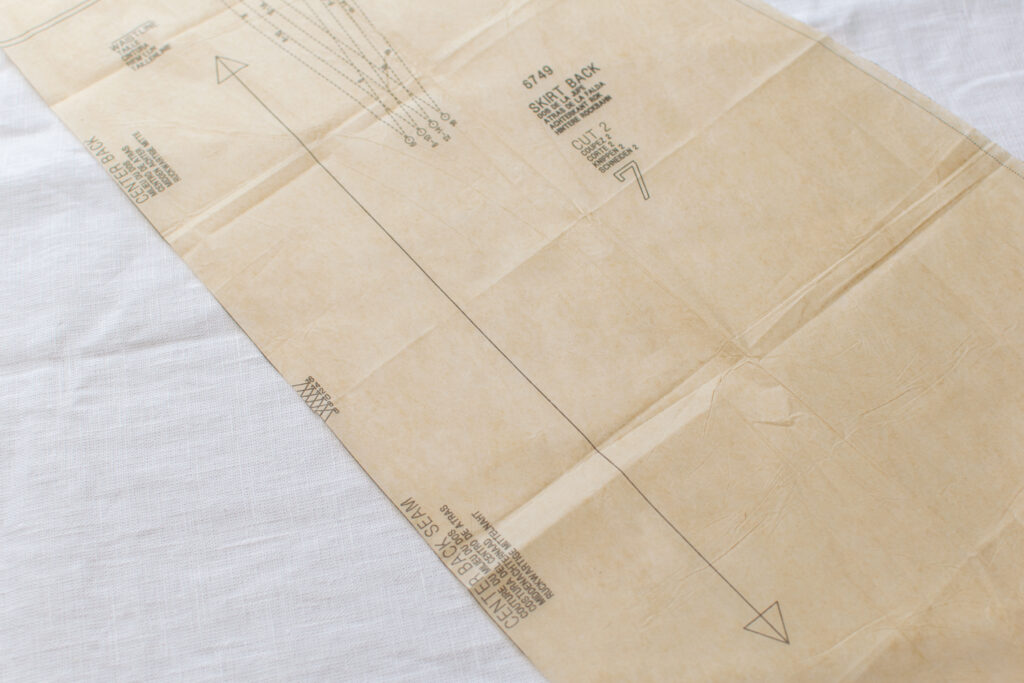
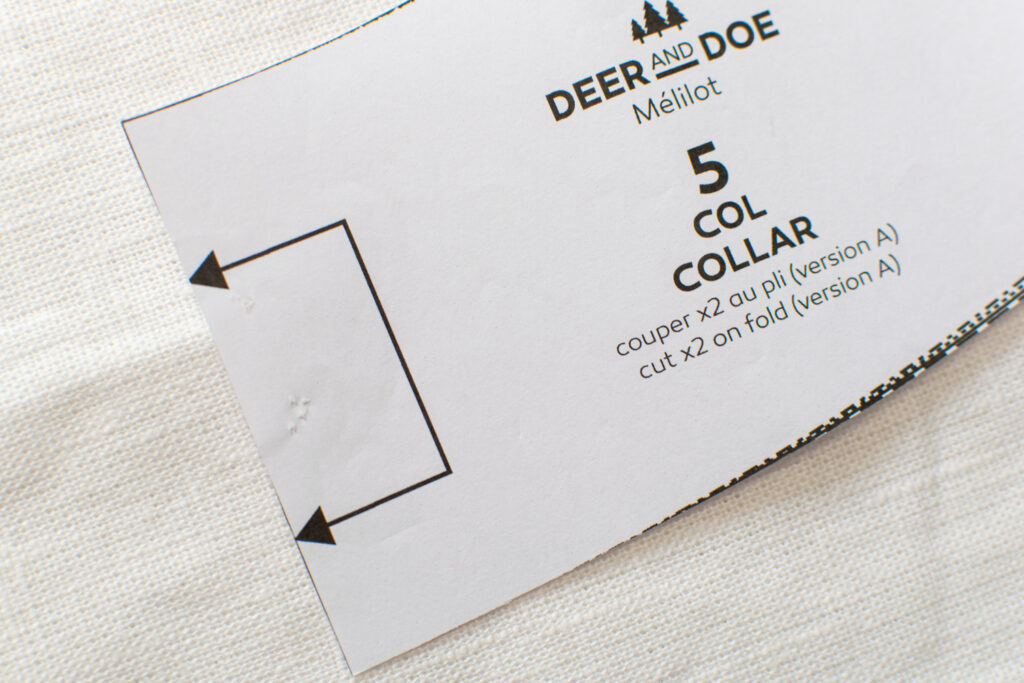
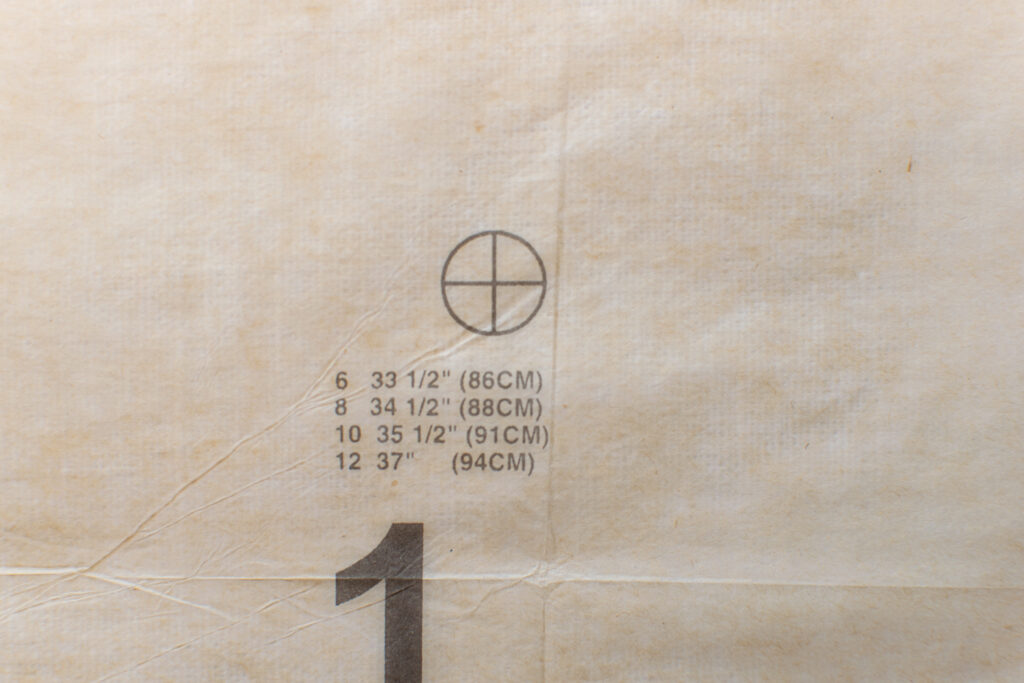
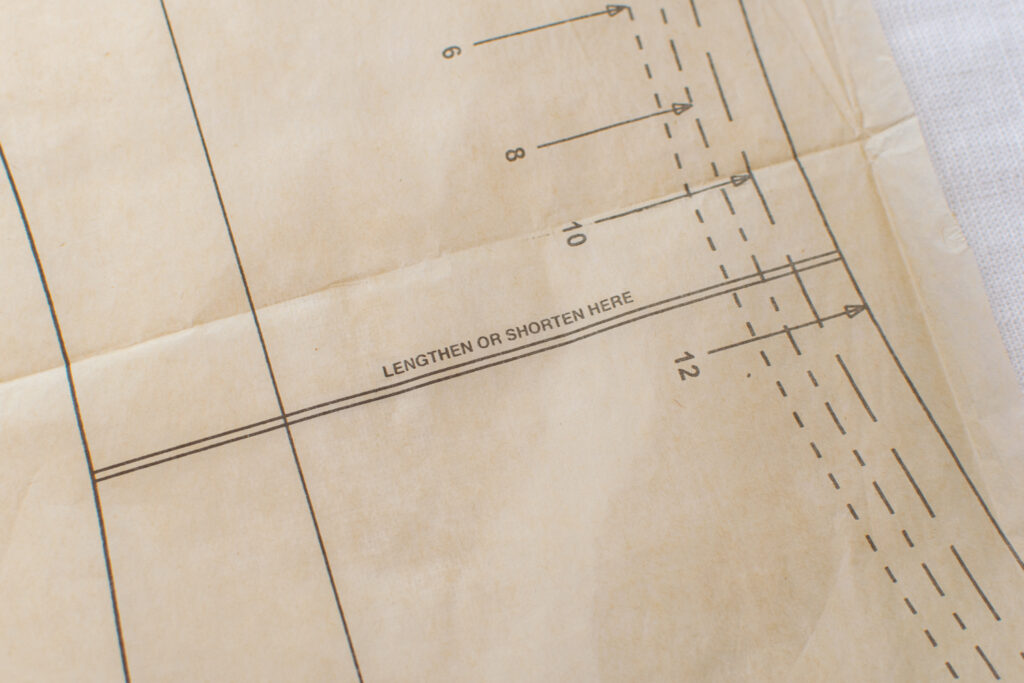
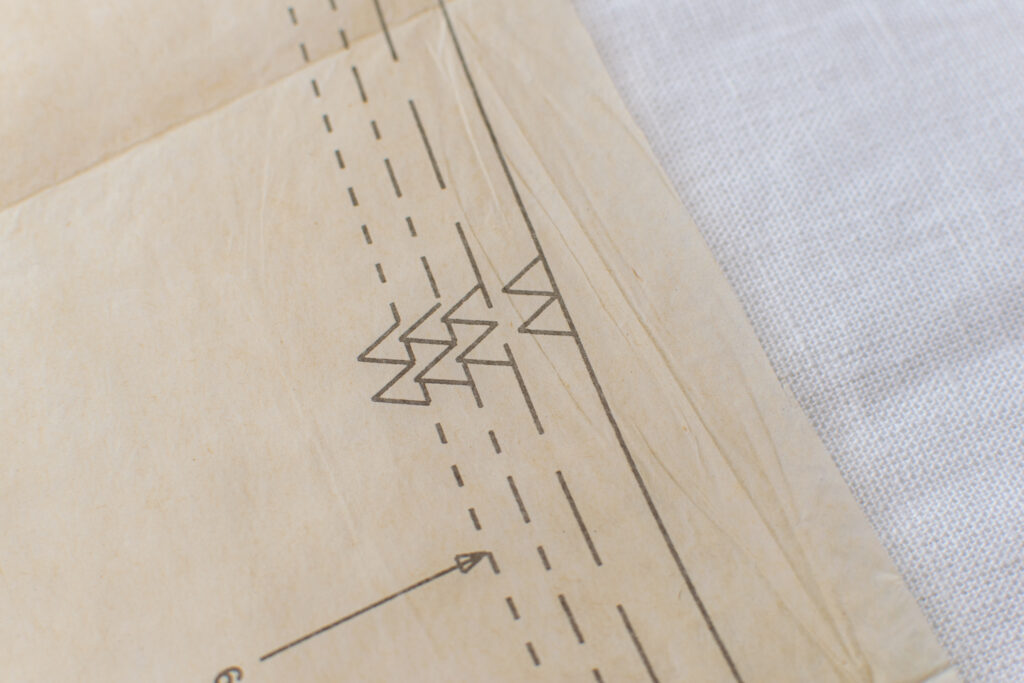
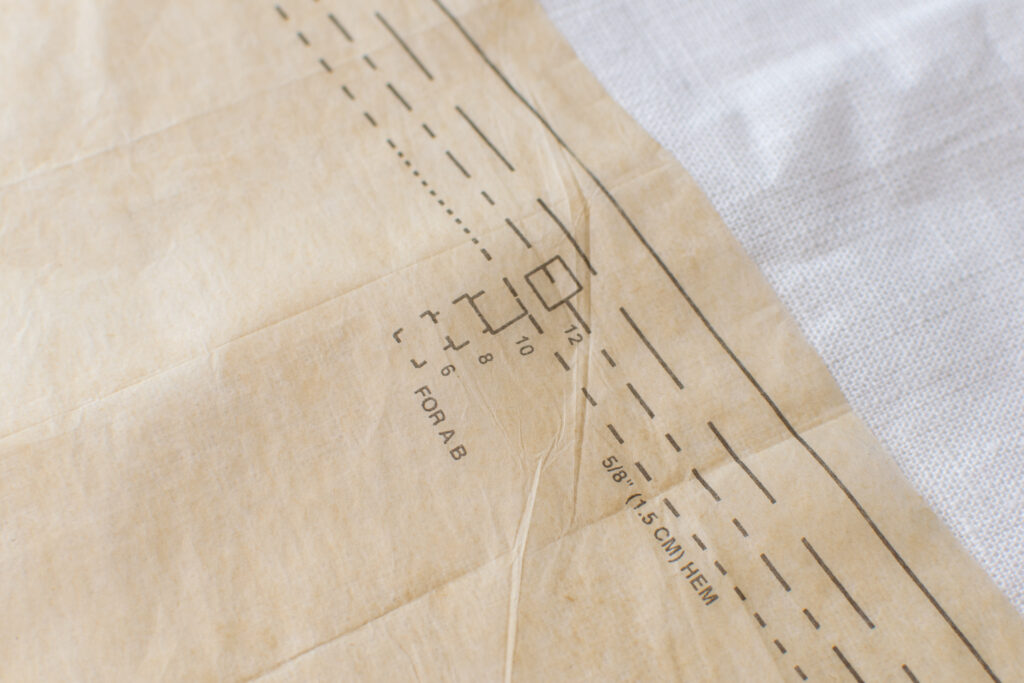
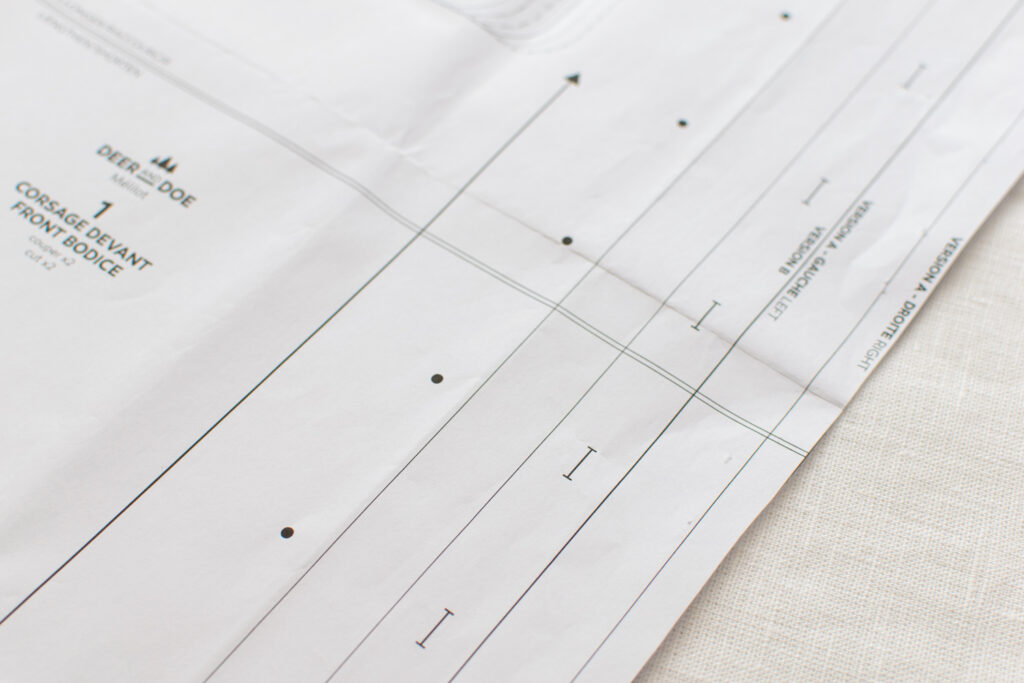
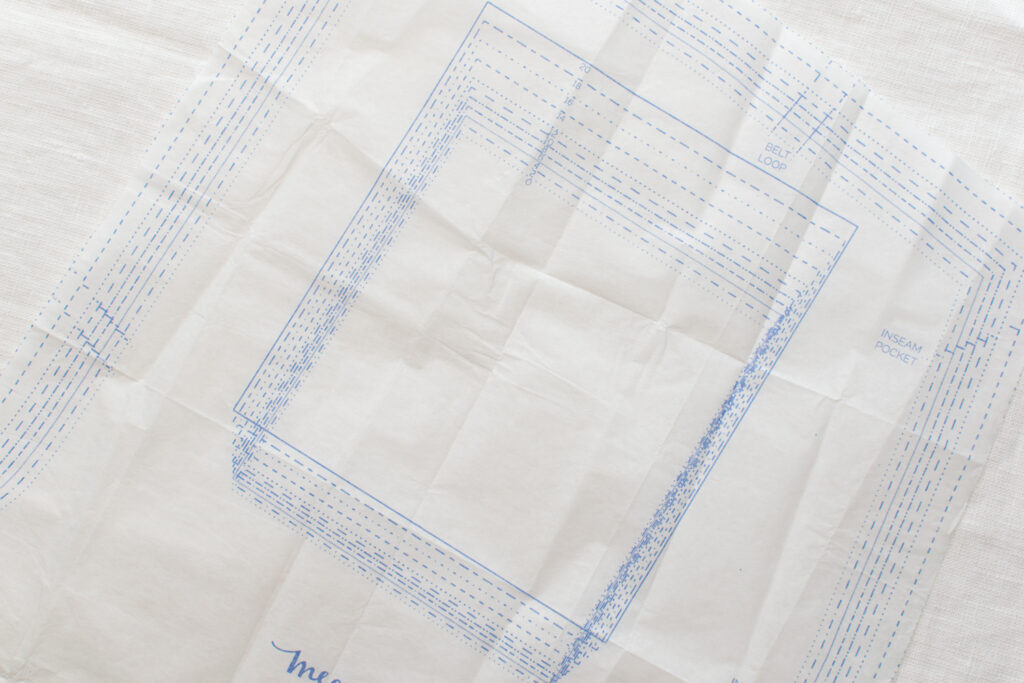
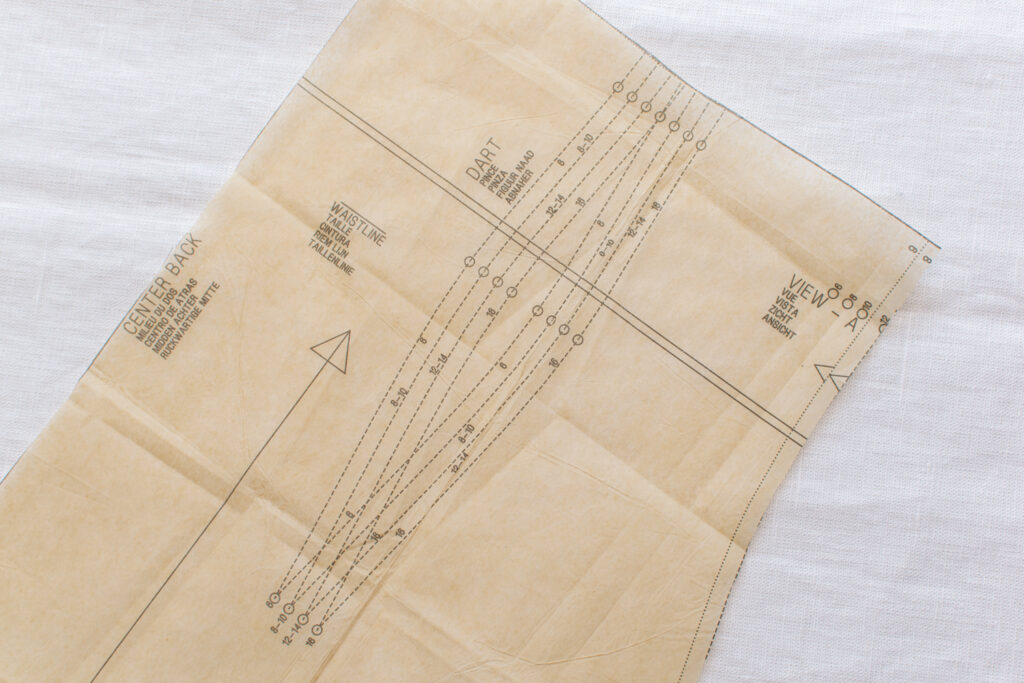
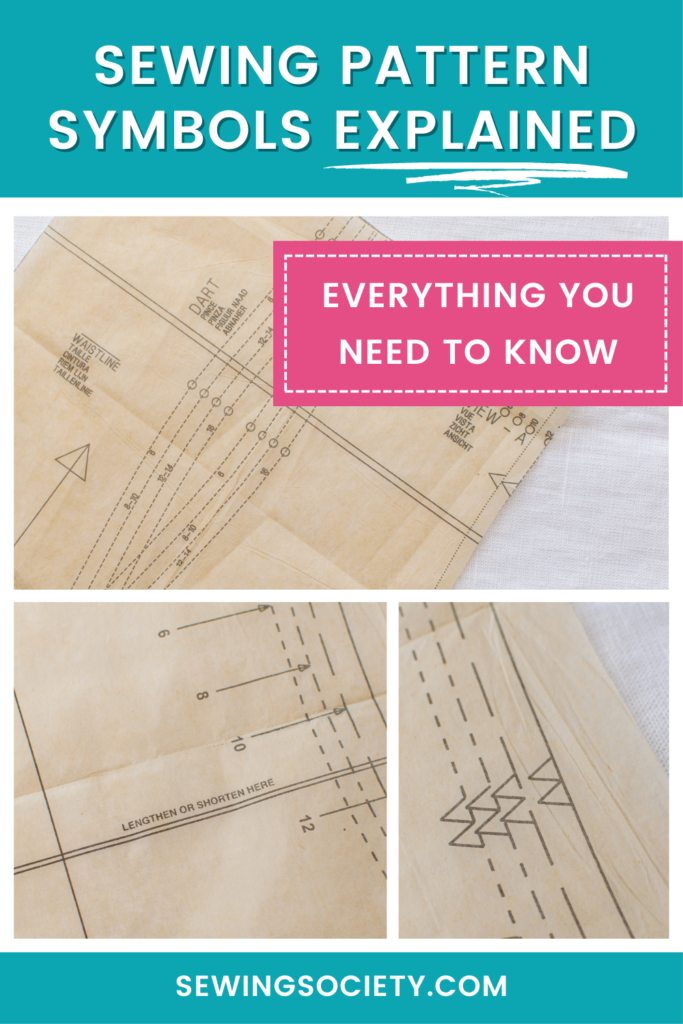



Hello! On the whole enlightening thank you. I am an experienced sewer but the dots always get me.- is one supposed to stop sewing at the dots if you match them up on the fabric or not. Do they help in the finishing of seams like when you change direction for a pocket and a side seam? I always try to leave the pockets out and adjust because of this.( very chuffed that I have just sewn a front of skirt with side pockets)